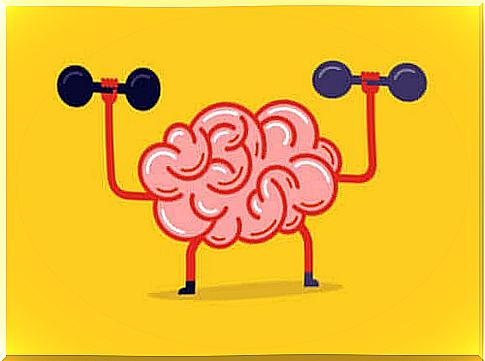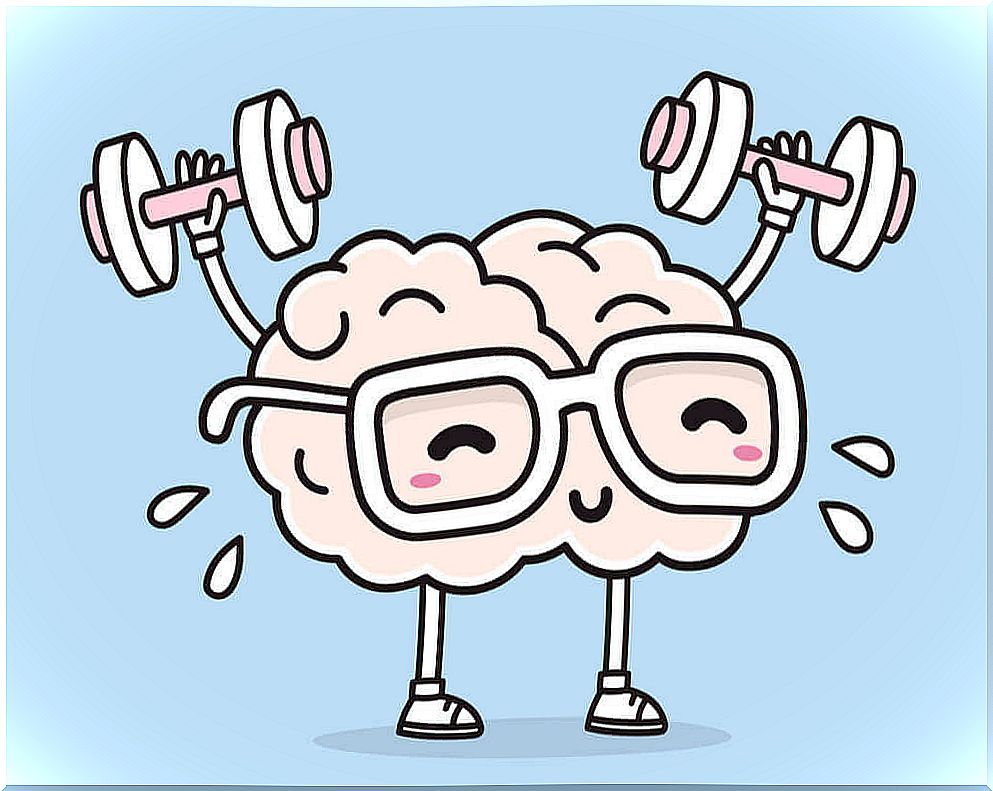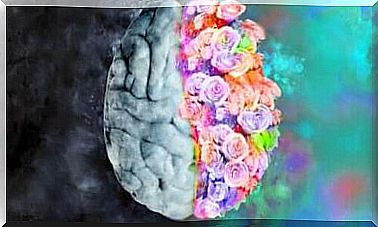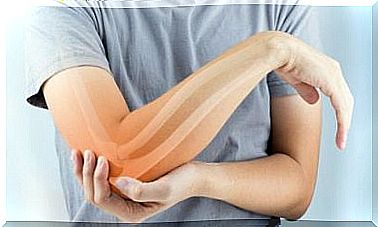Neurobics: Gymnastics For The Brain

We live in a society where the cult of the body is increasingly intense, and we are obsessed with the idea of exercising. However, what can we say about the brain? Are there any activities that keep you in shape? Would you like to know how you can exercise it? In this article, we’ll talk about neurobics, gymnastics for the brain.
It’s good to take care of the physical, but we cannot leave the brain aside, since it has an incalculable value as the operating center of our organism. Therefore, our brain also needs to exercise, and we can do this thanks to neurobics.
The exercises proposed by neurobics can be adjusted depending on the target audience. It is possible to leverage several capabilities according to age group, for example. Thus, we can find exercises for both small children and adults or older people.

Defining neurobics
Mental gymnastics, brain gymnastics or neurobics is a set of exercises, problems and mental puzzles that improve mental performance. It was proposed by Lawrence Katz and Manning Rubin, neurobiologists at Duke University.
These authors propose neurobics as an exercise program that treats the brain as a group of muscles that need to be stimulated through routine changes and a battery of exercises that allow you to maintain optimal mental health over time.
According to Katz and Rubin (1999), neurobics is very different from other types of brain exercises, which often involve logical puzzles and isolated sessions.
Instead, neurobics exercises use the five senses, in a way that they strengthen and generate different natural pathways that the brain has to, in this way, create new associations between different types of information. Basically, creating new associative patterns is the central goal of neurobics.
What kind of exercise does neurobics propose?
Gymnastics exercises proposed by neurobics involve the cerebral hemispheres, body movements, the senses, especially the eyes, stimulate myelin and improve learning.
They propose the following objectives: to promote people’s good physical condition, the quality of their movements, to strengthen their psychological and cognitive abilities, to favor communication between the brain and the body, and to eliminate stress and tensions in the organism.
It is possible to do a multitude of exercises. The more creative you are, the broader the range of possibilities. Some of the options are:
- Do sudokus and puzzles, timing the time to assess your progress.
- Learn new words and incorporate them into your next conversations.
- Change the watch.
- Identify the time in a mirror.
- Walk backwards into your own house (carefully).
- Brush your teeth with your non-dominant hand.
- Look at photographs upside down to see new details.
- Use your cell phone with your unusual hand.
- Dress up with your eyes closed.
- Change your path to work, school, your home…
In short, they are exercises that break our automatic routines and behaviors and make our brain work.

What can we achieve with these exercises?
For a long time, science believed that the brain created new neuronal connections exclusively in childhood. Katz concluded that the brain assigns and processes the necessary sensory contributions, generating new structures and connections in different age groups of life. With this series of exercises, we can:
- Create new brain connections (synapses) through experimenting with new activities of daily living.
- Stimulate the production or regeneration of new neural networks through the sensory network.
- Induce the production of neurotrophins, specific molecules that favor the survival of neurons.
The practice of brain gymnastics is important because it helps to use the whole brain and body, improves concentration, balance, thinking, memory, creativity, hearing, attention, perception and concentration.
Therefore, this “is considered a strategy that enhances skills and attitudes for learning, helps to prevent and remedy motor impairments, behavior problems, orality, writing and hyperactivity” (Orellana, 2010).
Thanks to the exercises proposed by neurobics, it is possible to develop new structures and brain connections. Furthermore, with these techniques, we can prevent the emergence of various degenerative disorders, including diseases such as Alzheimer’s, depression and Parkinson’s.









